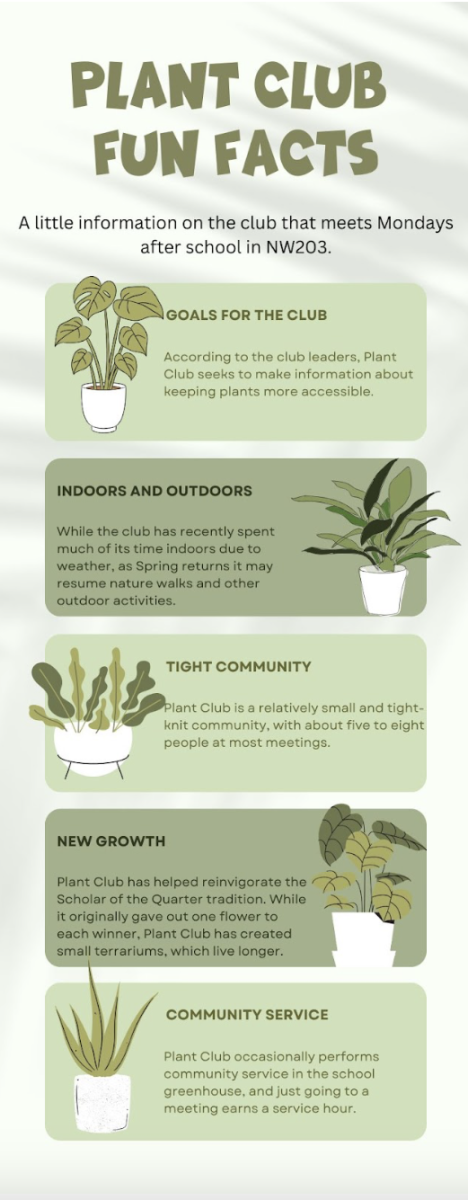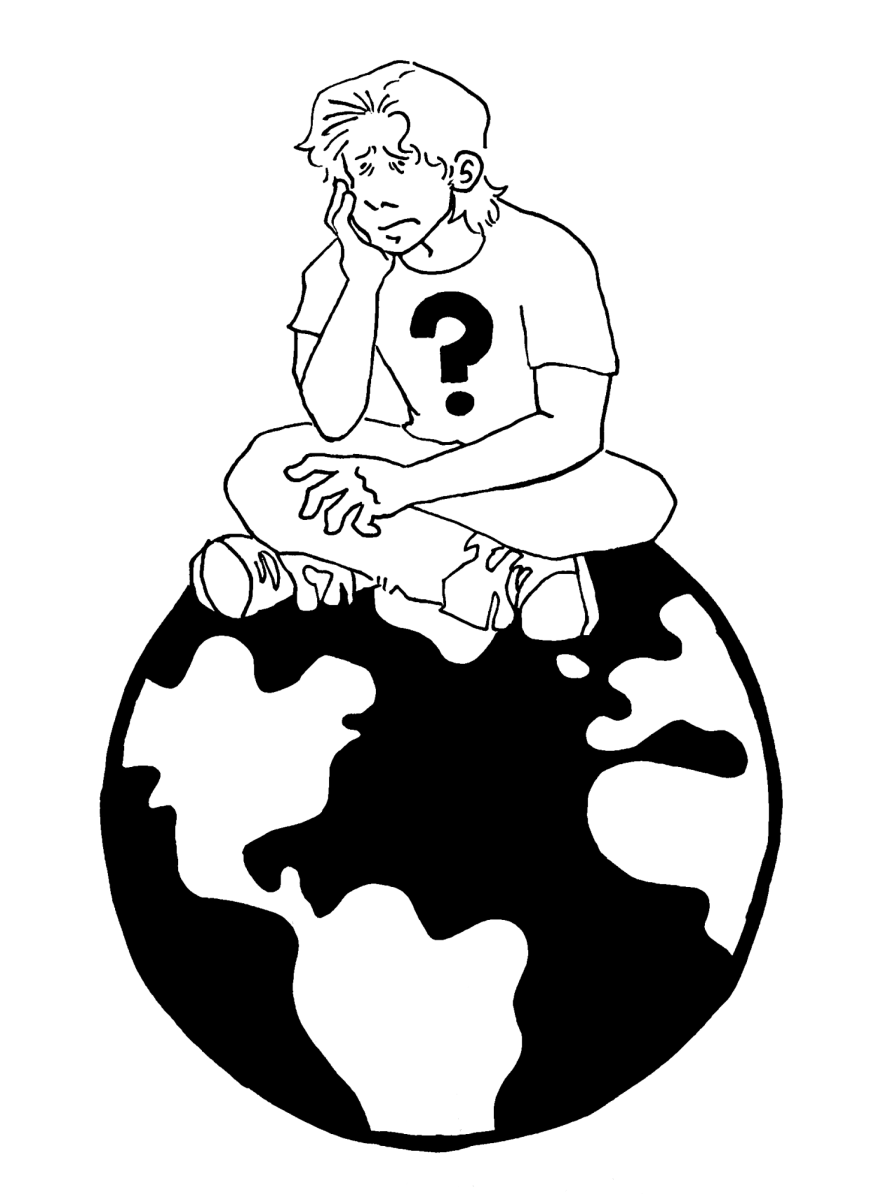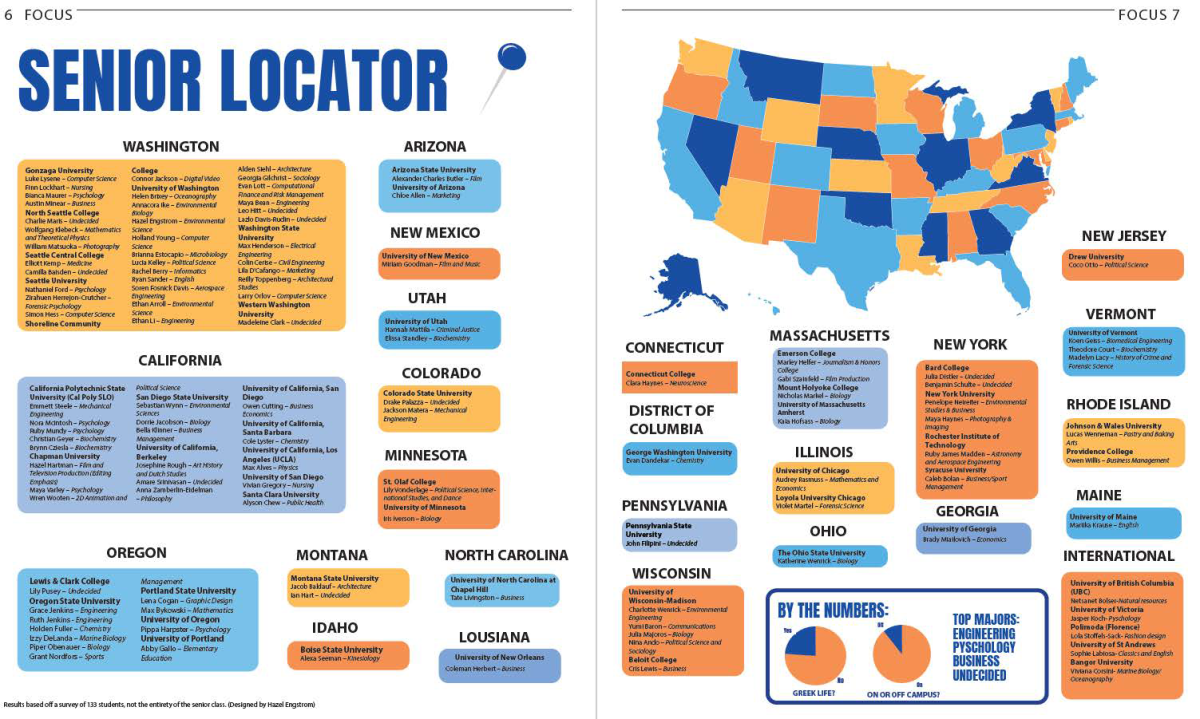Antsy shoppers arrive at 4 am to Target, lining up in the hopes that they can get their hands on the new limited-edition Starbucks Stanley cup. People shove each other out of the way to get to the displays, starting fights and bumping elbows as they clamor to grab as many as they can.
The Stanley water bottle is the latest trend that social media users have latched onto. A trend that is, frankly, absurd. Out of all the wacky, pointless and just plain dumb internet fixations of the past, the fact that people are idolizing a cup is surprisingly… boring? The banality of it all is what makes it so ridiculous that people are flipping out over a plain old water bottle.
Initially starting out as a humble green stainless-steel tumbler, popular among working-class and outdoorsy people, the Stanley has since become a trendy accessory that comes in dozens of stylish colors and patterns.
The #StanleyTumbler has over 900 million views on TikTok. Along with the revamp of the item, according to CNBC, revenue from the water bottles has increased from $70 million in 2019 to over $750 million in 2023. This is, in part, because of the attitude that has surrounded the Stanley tumbler and the aggressive consumerism that has followed it.
The Stanley has become somewhat of a collector’s item online. The limited edition Target Stanley, for example, had people lining up outside of stores in the early morning to ensure that they could get a cup before they sold out. Once inside, stock ran out in just a few short minutes as people swarmed to the displays. Later, resellers on eBay would price them at two or three times the store price, citing exclusivity as the cause.
This overconsumption and borderline obsession stems from a community of people, inspired by influencers on TikTok and Instagram, using the Stanley as primarily a fashion accessory instead of a tumbler. Popular among pre-teen girls on TikTok and Instagram, the “preppy” aesthetic has gone hand in hand with this trend.
Preppy, once known as sweater vests, ties and button-ups, has now been transformed into tank tops, ribbons and tooth-rotting amounts of pink. The Stanley’s variety of pastel colors and vibrant patterns complement this well, leading to it being used as less of a water bottle, and more of a show of status and style. Both the Stanley and the preppy aesthetic work to convey that the wearer is popular, trendy and most importantly, has money.
The 40-ounce tumbler goes for $50 to $55 on the Stanley website and hundreds more for limited edition resells on eBay. Many of these collectors have upwards of twenty water bottles in their collections and have built shelves in their houses to display all of them. Having a cup to match every outfit and occasion is an expensive hobby to have, and anyone who knows the price of the tumblers will recognize that immediately.
Another issue with having copious amounts of reusable water bottles is that it defeats the purpose of having them in the first place. A Stanley that gets drunk out of once before being put on a shelf is little better than a plastic water bottle from a vending machine, especially once Stanleys inevitably go out of style.
The carbon footprint that comes with manufacturing these cups is much worse as well. According to The New York Times, stainless steel water bottles take seven times as much fossil fuel and produce 14 times as much greenhouse gas compared to single-use plastic water bottles. This imbalance is usually offset by how much more use reusable bottles get, but that isn’t the case for Stanleys that sit on shelves and in boxes, rather than get drunk out of daily.
There have been trends in popular water bottles before – Hydro Flasks, Nalgenes and S’wells to name a few – and although none of them have been made obsolete, the excitement behind them has since died down. This pattern prompts the question: what will happen when the Stanley eventually fades out of relevancy?
It’s not an inherently superior drinking vessel, many customers have reported leaky lids, inconvenient-to-carry design and safety concerns with the uncovered straw, so it’s not hard to predict that Stanleys won’t stay in the spotlight forever.
When the next big thing blows up, many Stanleys will likely end up in landfills and rust in Goodwills. Having twenty bulky water bottles is useless when they don’t mean anything in the eyes of peers anymore.
No one knows how soon, but the Stanley hype will inevitably run dry. The cycle of social media means that once everyone finds the next trend, old ones will be left behind.
My issue is not with the popularity of the Stanley itself, but instead with the focus on consumerism and status symbols that have become so common among collectors of these water bottles. No one should be ashamed to own a Stanley, but they should be aware that they won’t stick around forever.



























